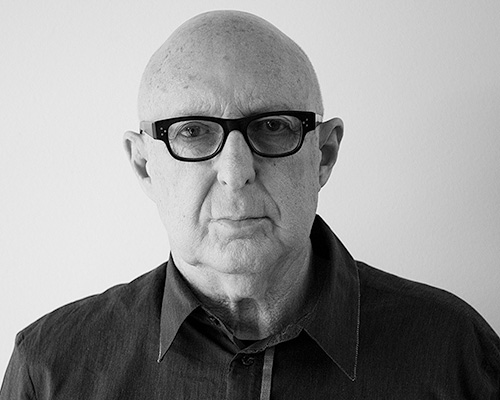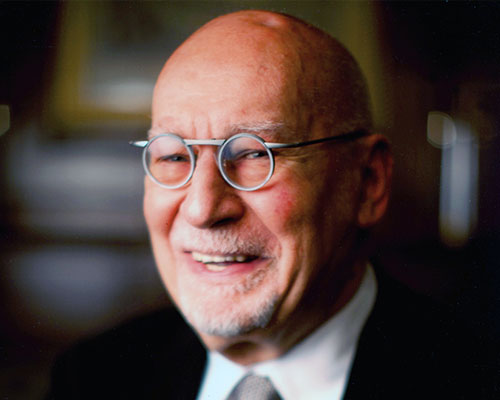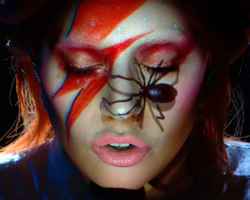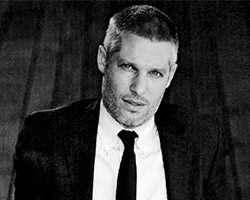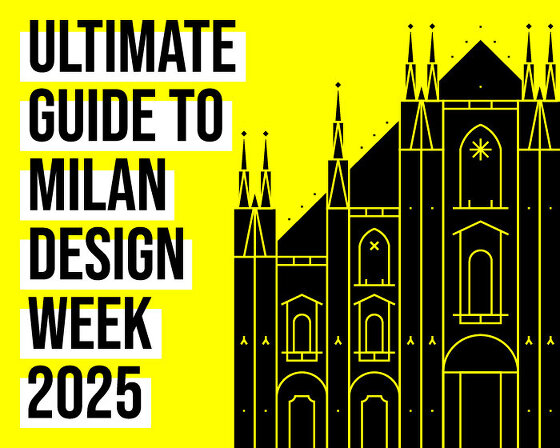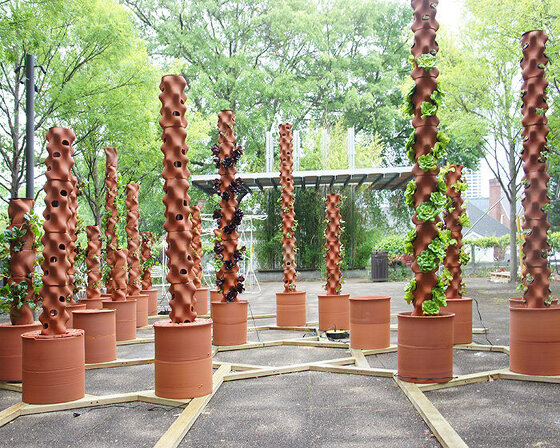interview with graphic designer garry emery
garry emery is the founder and creative director of emerystudio, based in melbourne, which develops corporate and brand identity, corporate communications, motion graphics, exhibitions and environmental graphic design. garry told designboom more about how he came to be a designer, his main influences and his thoughts on graphic design today.
designboom: what originally made you want to become an graphic designer?
garry emery: humble career beginnings at age 14 during 1950s. no formal education. a broad interest in art and letterform design encouraged me to enlist in life drawing classes and the basic study of print technology, typography and manual typesetting. a relocation from perth to melbourne in search of career opportunities led to a short term in advertising. a life long curiosity and inquiry into contemporary art, architecture, product design, urban design, letterform design, calligraphy and typography established a lasting career in design. initially with a focus on the printed medium, then multi-disciplinary practice in 2, 3 and 4 dimensions.

australian institute of architects branding – identity / wayfinding
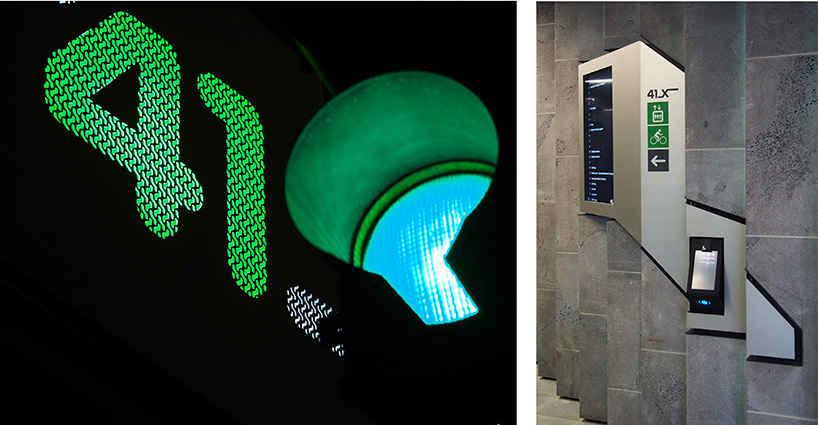
australian institute of architects branding – identity / wayfinding
DB: how would you describe your approach to design?
GE: our work is very much the product of a team – comprised of myself (creative director), cliff nichols (managing director and brand strategist), tim murphy (design director), job van dort (design director).
our basic premise is that it is unwise to separate design from art, practice from experimentation, one design discipline from another, or reason from intuition. what matters is the outcome. ideally the outcome will solve all the functional criteria, be beyond the rational and be imbued with a certain ‘magic’. we aspire to make a cultural contribution to each project, to raise the human spirit.
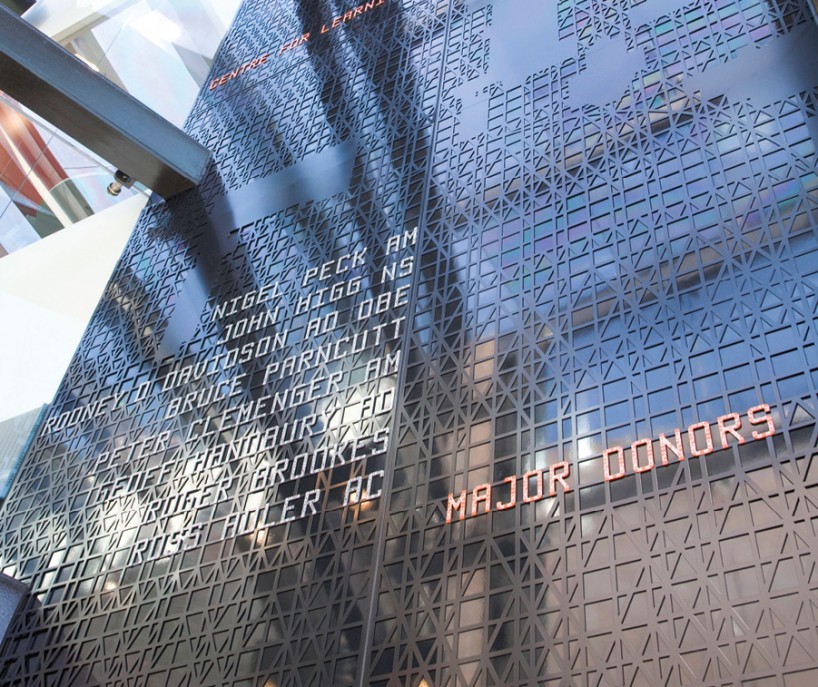
melbourne grammar school – donors wall

melbourne grammar school – signage
DB: who or what has been the biggest single influence on your way of thinking?
GE: my design mentor, les mason, a graphic designer from the USA’s west coast.
DB: what would you say is your strongest skill?
GE: curiosity. the desire to continue to understand the world around me, to maintain relevance.
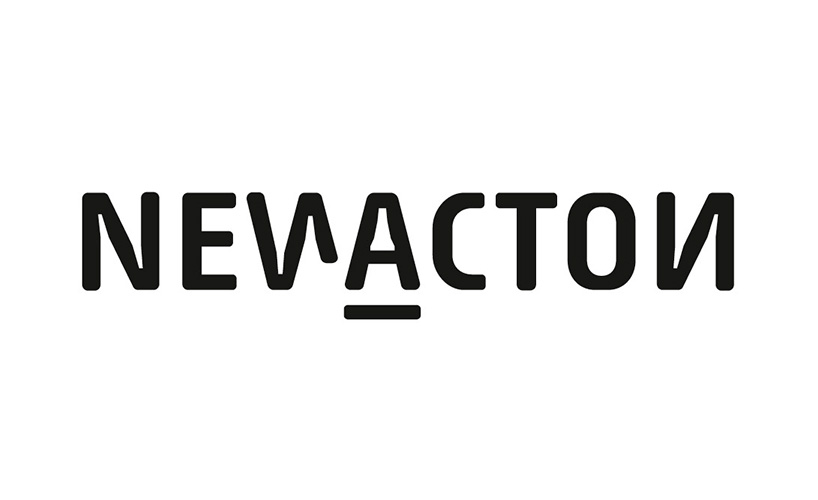
new action branding – logotype
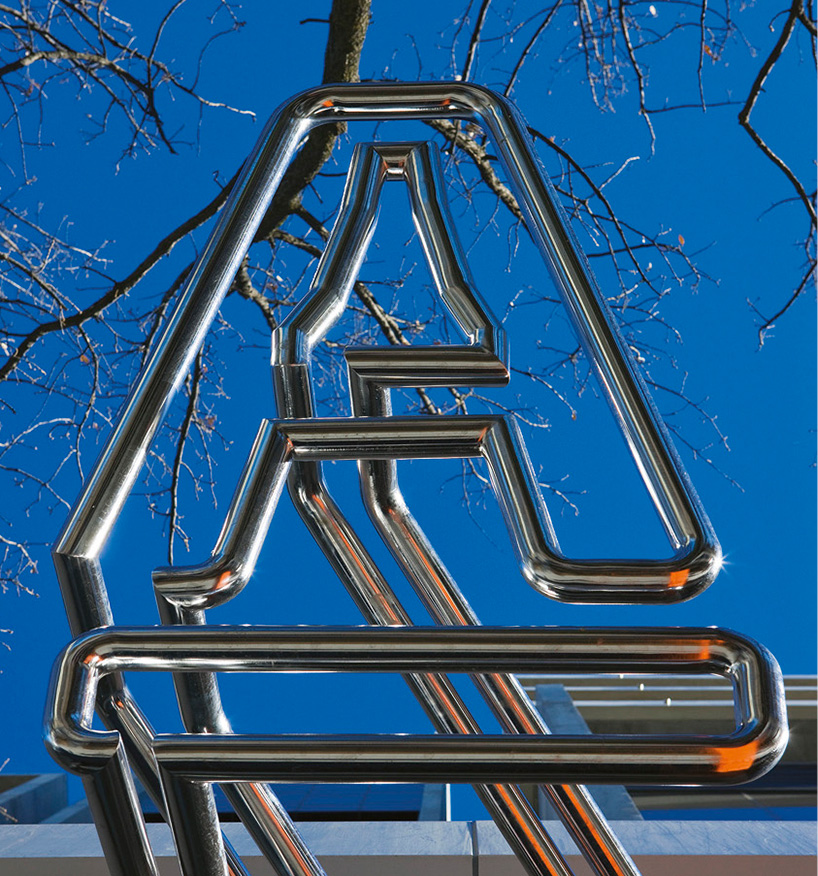
new action branding – signage
DB: what type of brief or project do you enjoy working on the most and why?
GE: a cultural research project that integrates different design disciplines, involves time and motion, micro and macro scales, interior and exterior environments and has a multi- cultural audience. to commence with a complex, seemingly insoluble task and make the solution look effortless.
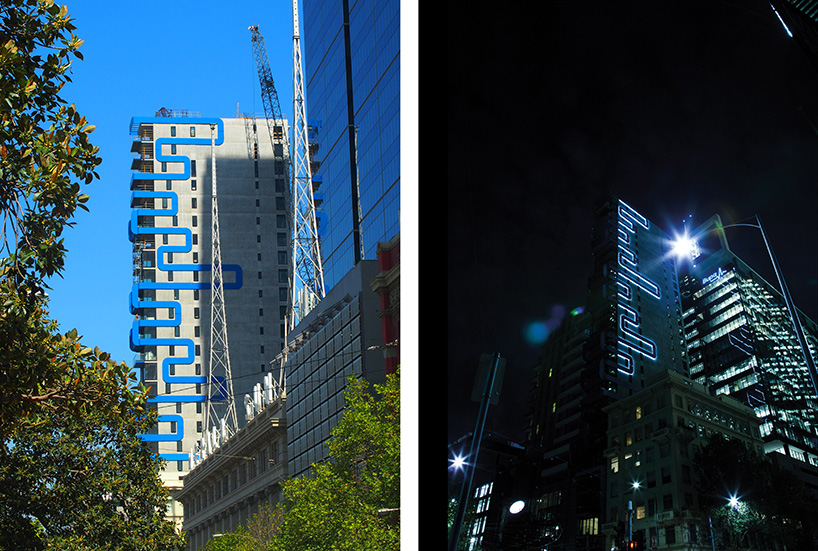
the phoenix branding – environmental graphics
DB: what are your thoughts on specialization vs generalization?
GE: what works for us is positioning ourselves as specialist generalists. we work in interstitial spaces, in the cracks between other design disciplines, we are not experts in anything.

national gallery of victoria – wayfinding / signage
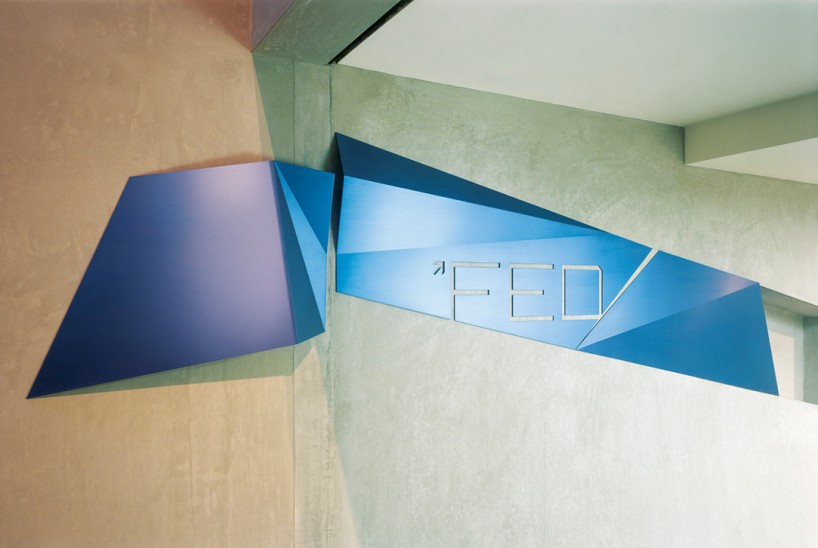
national gallery of victoria – wayfinding / signage
DB: how do you think online design resources have influenced the graphic design being produced today?
GE: we now operate in a context of rapid change driven by continuous flows of information and active, fluid interplay between information and entertainment, entertainment and marketing, marketing and data, data and opinion, opinion and invention, public and private, and so on. we need to be able to ride the tiger: predict the unpredictable, anticipate the future, just to stay in the game.
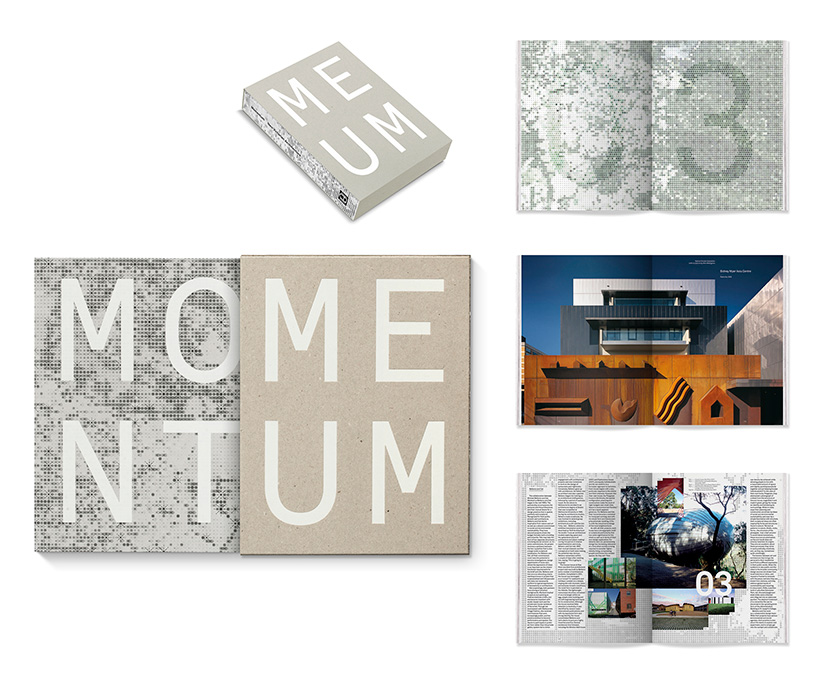
momentum book
DB: has anyone or anything recently challenged your views on graphic design?
GE: my view is that there is an absence of critical thought in graphic design today. the discipline has been reduced to being the handmaiden of advertising, marketing, branding, architecture and interior design. yet graphic design is the only discipline truly responsible for the management and communication of information, and most importantly, the visual expression of language and the written word. for more than 2000 years, graphic design – typography – has conveyed written language. nearly everything the graphic designer does engages with language and text. language and typography are continually modified by popular culture, regional inflections and globalization. but context, communication and relevance are central to the craft – yesterday, today and tomorrow. perhaps there is a need to redefine the traditional discipline of graphic design to address the demands of a radically changed globalized world, to reposition the discipline by discovering new relevance through different ways of thinking and working.
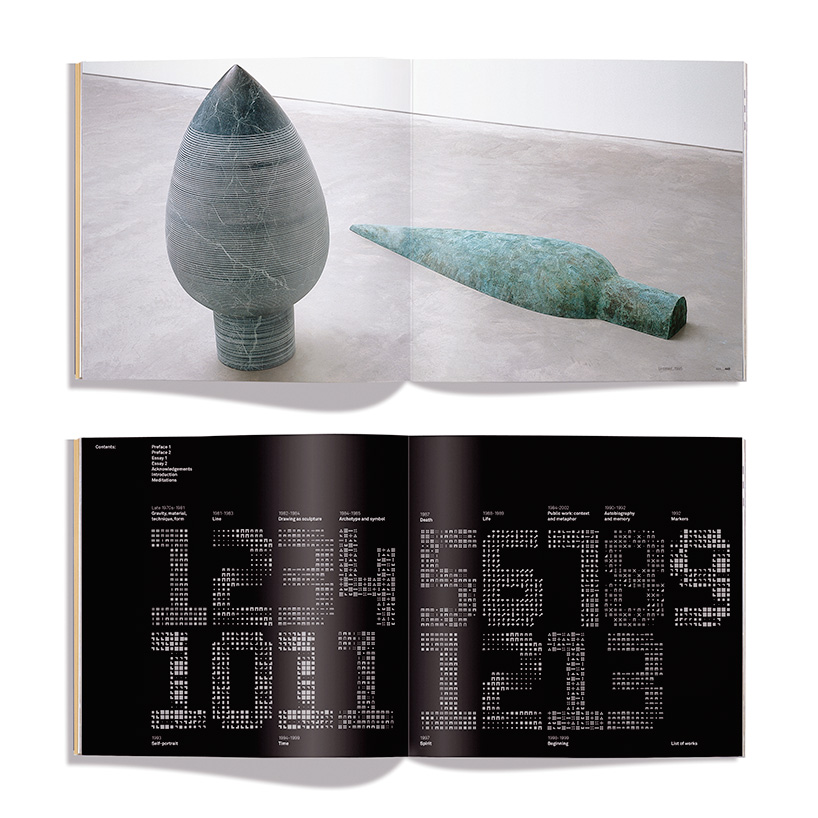
akio makigawa book
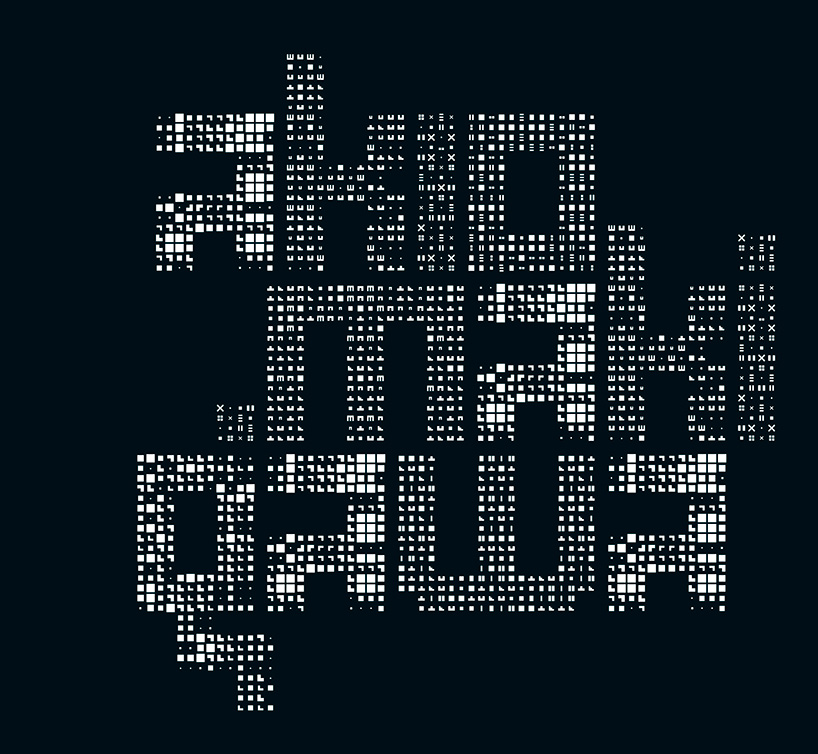
page from akio makigawa book
DB: what are you currently fascinated by and how is it feeding into your work?
GE: contemporary art continues to fascinate me. at the moment I am participating in property development on a reasonably large scale and I’m interested in exploring an integrated approach: defining and positioning the product, the translation of an idea into a place, the architecture, interior design, marketing, sales and so on… it’s an extension of what I do.
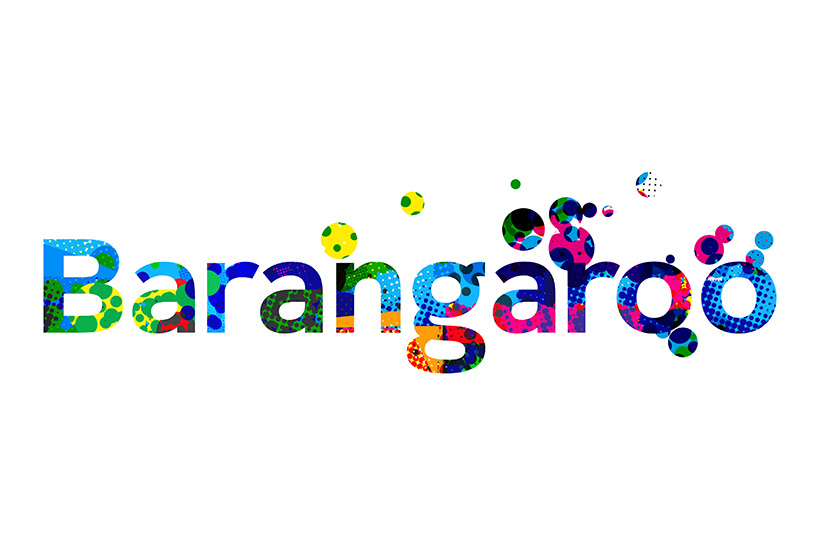
barangaroo identity – logo
DB: what are you passionate about besides your work?
GE: reading, understanding art and architecture, exploring cities of the world… understanding different cultures and different ways of thinking and behaving.
DB: do you have any superstitious beliefs or rules that you live by?
GE: not really.
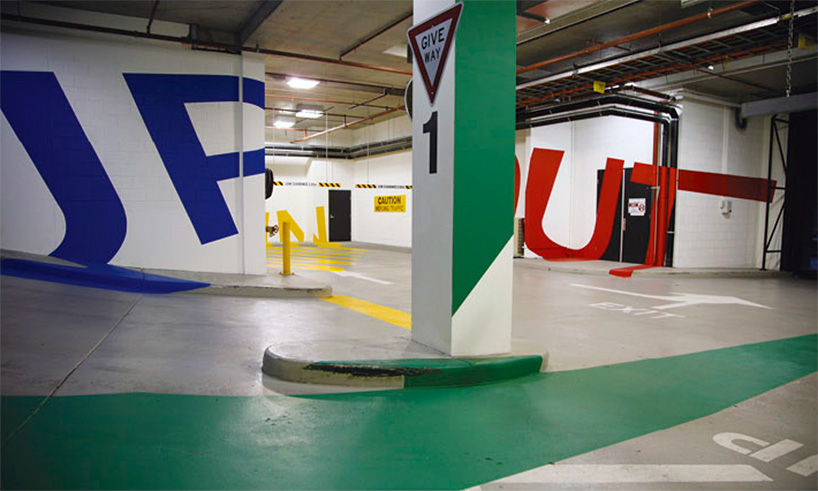
eureka car park
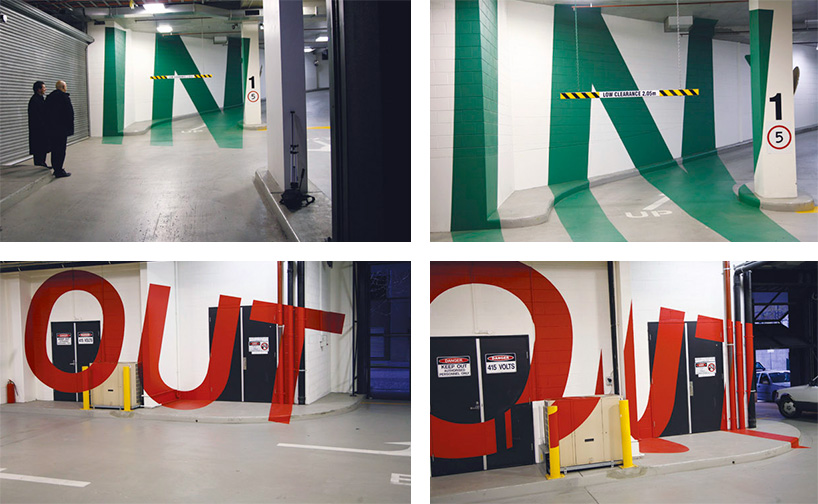
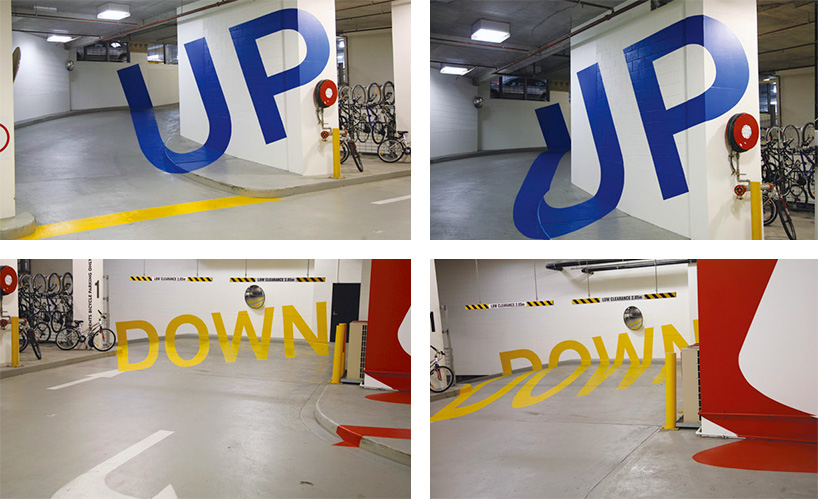
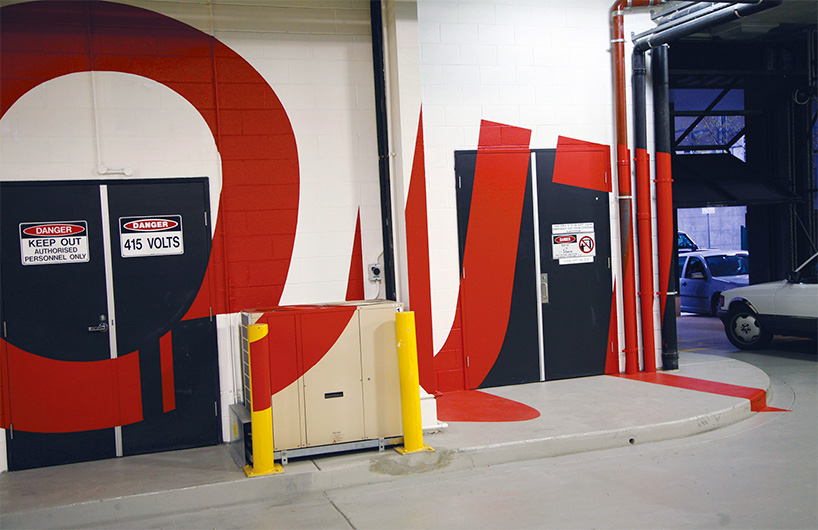
eureka car park
DB: what do you know now that you wish you knew at 21?
GE: nearly everything is driven by money and compromised by politics.
DB: what’s your personal motto?
GE: one I borrowed from popeye: ‘I yam what I yam’.
